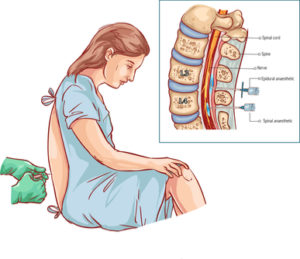
Spine Pain After Epidural. The legs may become warm and start to tingle as the medication begins to take effect. Epidural abscess formation results in symptoms that progress from localized spine pain and tenderness to weakness and paralysis due to compression of the involved spinal cord. We reviewed 52 reports in the literature of the use of epidural and spinal opiates to assess the incidence of itching and found an overall incidence of 85 in patients receiving epidural opiates and 4. As the medication finds its way around explained the doctor it would produce pain and this would be normal he added.

In rare cases an epidural can lead to permanent loss of feeling or movement in for example 1 or both legs. Spinal epidural abscess may result as a complication of pyogenic vertebral osteomyelitis in as many as 33 of presenting cases. When sepsis is present prompt recognition is required to initiate approp. After an epidural is placed anesthetic medication is administered for pain relief. If the levels of pain you experience are intense or stay after a day of bed rest contact your doctor immediately. Itching after epidural and spinal opiates When opiates are administered by the epidural and spinal routes itching occurs as a side effect.
The clinical features include fever spinal pain radiating nerve root pain and leg weakness.
Contact with a nerve may cause pins and needles or a shooting pain. By nature all of these injections penetrate the epidural space which contains the dura. After an epidural is placed anesthetic medication is administered for pain relief. Epidural abscess formation results in symptoms that progress from localized spine pain and tenderness to weakness and paralysis due to compression of the involved spinal cord. Direct damage to the spinal cord from the epidural needle or catheter. The reason for this would be due to the activation of the nociceptive pain response system a response system that is responsible for chronic but dull pain that is poorly localized.